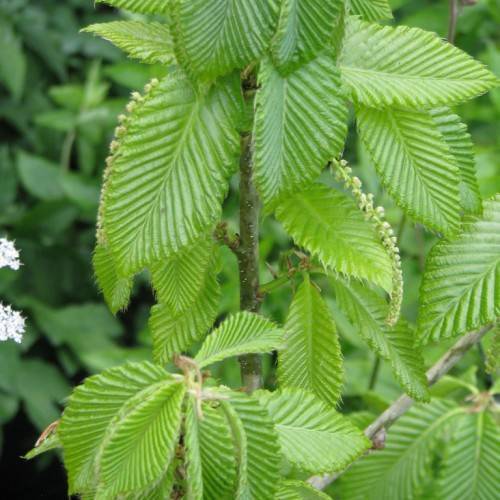
Armenian oak
Quercus pontica
Cycle:
Perennial
Watering:
Average
Hardiness Zone:
5 - 10
Flowers:
Flowers
Sun:
Full sun,part shade
Leaf:
Yes
Growth Rate:
Low
Maintenance:
Moderate
Drought Tolerant:
Yes
Salt Tolerant:
Yes
Invasive:
Yes
Care Level:
Medium
watering
Watering an Armenian oak should be done on a regular basis, about once a week in warmer months and once every 2 weeks in cooler months. It should receive between 1-2 inches of water per session. During especially dry spells, it may need to be watered more frequently. Avoid overwatering, as it can cause root rot and other diseases. Make sure the soil is almost dry between waterings. Water deeply and slowly, allowing the soil to become saturated, but not soggy.
sunlight
Armenian oak (Quercus pontica) grows best in full sun to partial shade. It can tolerate full sun for most of the day, but it will benefit from some protection from the hottest midday sun. For best growth, the tree should get at least 4 to 6 hours of direct sunlight each day, but should have some partial shade for the remainder of the day.
pruning
Armenian oak (Quercus pontica) should generally be pruned in late winter or early spring (February through April). Pruning should be done to remove any dead, damaged or diseased branches and to shape or reduce the size of the tree. Pruning should never be excessive as this can put the tree in shock and cause dieback or branch dieback. Moderate pruning, such as thinning out some of the interior branches for light penetration and better air circulation, is beneficial. Cuts need to be made flush with the branch collar in order to minimize the possibility of disease. The bark should be left intact and not removed.
